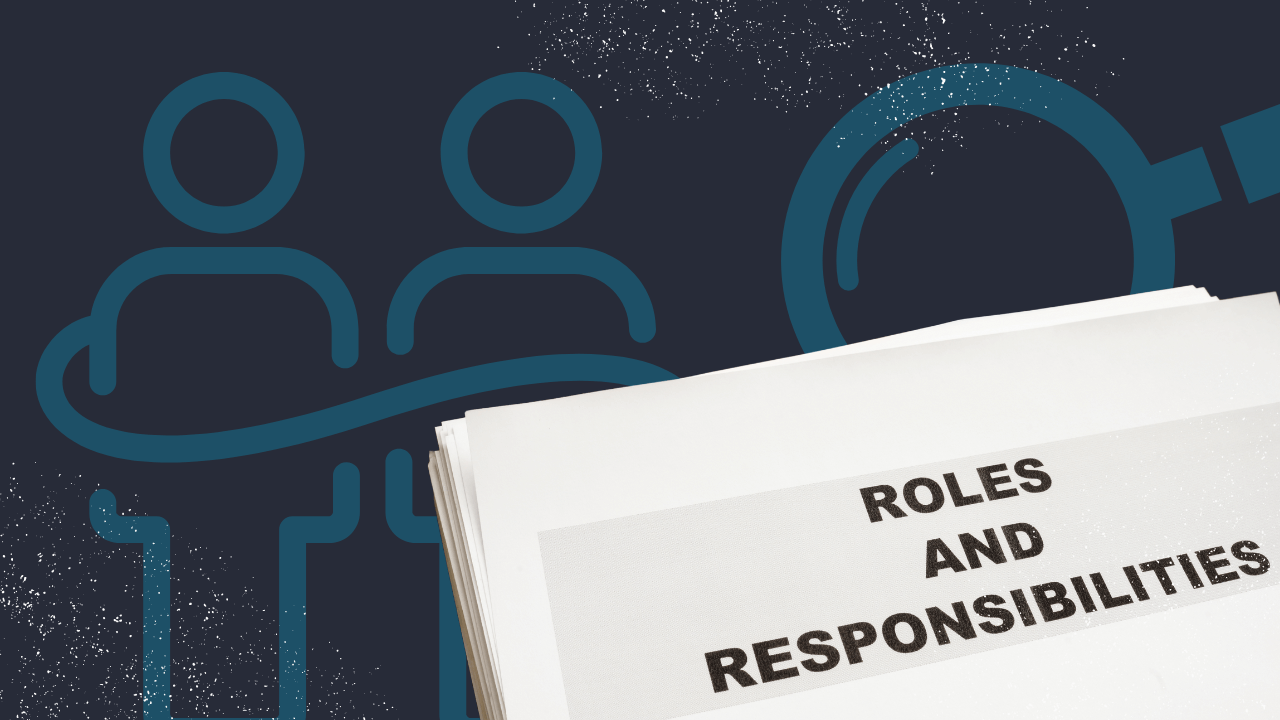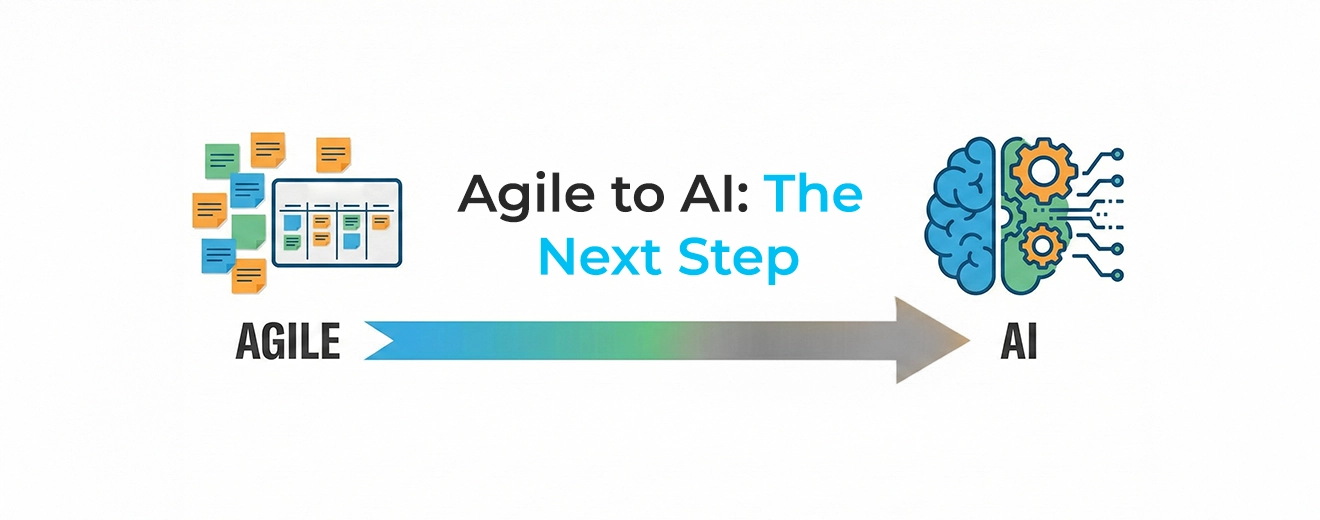In today’s fast-paced work environment, trust is a cornerstone of success.
When people trust each other, collaboration thrives, communication remains open, and teams deliver value faster and more effectively. This is especially true in Agile environments, where trust forms the foundation for empowering teams to make decisions and adapt to change.
Brené Brown’s BRAVING framework offers a powerful way to understand and build trust, while Agile principles provide the structures and practices to operationalise it.
Let’s dive into how BRAVING aligns with Agile and why it’s crucial for high-performing teams.
BRAVING + Agile: The Trust Equation
1. Boundaries
For Brené, trust starts with setting clear boundaries. It’s about defining what’s okay and what isn’t, and ensuring that everyone respects these limits. In professional relationships, clear boundaries help us understand where responsibilities begin and end.
In Agile environments, people define boundaries through defined roles, clear goals, and agreed-upon scopes. For example, the Scrum framework includes distinct roles like the Product Owner, Scrum Master, and Development Team — each with specific boundaries that guide decision-making and autonomy.
By establishing these clear boundaries, Agile teams avoid confusion and friction, which enables faster decision-making and greater trust among members. The Product Backlog also creates a boundary for the team’s focus, ensuring clarity about what the team can or cannot achieve within a sprint.
This clarity gives teams autonomy to make decisions within their remit, fostering trust through alignment. Creating healthy boundaries ensures that team members know what’s expected of them, leading to a more focused, autonomous environment where trust can flourish.
Spotify is famous for its squad-based Agile model. Each squad operates like a mini-startup, with a clear boundary of focus — they receive autonomy over specific areas of the product. This system of well-defined boundaries and responsibilities has been key to scaling their product development rapidly while fostering a culture of trust within the teams. Each squad’s boundaries help build trust, knowing they have the power to make decisions within their scope.
Boundaries enabled squads to focus on their goals, knowing they had the freedom and trust to experiment within their scope.
2. Reliability
Brené highlights that reliability means doing what you say you’ll do — consistently. People build trust when they follow through on their commitments and show up in a dependable manner, time after time.
Agile teams build reliability through the iterative process of sprints, where they commit to delivering a set of features within a specific time frame. Agile teams demonstrate reliability to stakeholders by delivering regularly and incorporating continuous feedback loops. Consistently delivering on sprint commitments — or transparently adjusting when impediments arise — builds trust over time.
At Bosch, a major engineering and electronics company, their Agile IoT projects initially struggled with consistency. After embracing Agile principles, like shorter sprint cycles and clear goals, they built reliability into their teams. Bosch’s teams began consistently delivering features on time, boosting trust across their globally distributed teams. By maintaining predictable delivery patterns, Bosch established reliability as a core pillar of their Agile transformation.
Related: Building High-Performing Teams is the Key to Your Organisation’s Success
3. Accountability
Accountability, according to Brené, means owning your mistakes, apologising when necessary, and making amends. It’s about being responsible for your actions and decisions, which strengthens trust.
In Agile, accountability weaves into the process through retrospectives and continuous reflection. Teams take responsibility for both successes and failures, learning from each sprint to improve. This level of transparency and ownership strengthens the bond of trust within the team and with stakeholders. Agile leaders foster an environment where team members feel safe to share challenges and admit when they need help.
ING, the Dutch bank, underwent a massive Agile transformation to increase their speed and flexibility in delivering financial products. A key factor in their success was embedding a culture of accountability. Teams took ownership of their work and even of their mistakes, learning from them during retrospectives. By holding themselves accountable, they built trust within teams and across leadership, which contributed to ING’s ability to innovate faster in the highly regulated banking sector.
4. Vault
Brené emphasises the importance of a vault for trust. This means keeping confidences and only sharing information that is appropriate for others to know. People compromise trust when they mishandle confidential information.
Agile thrives on psychological safety, where teams feel comfortable sharing ideas and concerns without fear of judgment or exposure. The “Vault” aspect of BRAVING highlights this importance — people build trust when they know confidential information stays within the team.
Google’s Project Aristotle studied hundreds of their teams to find out what made some succeed while others struggled. The top factor? Psychological safety. High-performing teams trusted one another to keep sensitive information within the team, allowing them to innovate without fear. Agile ceremonies, like daily stand-ups and retrospectives, provided safe spaces for open dialogue, reinforcing that their “vault” remained secure. Google’s study highlights how trust at the team level can significantly impact performance.
5. Integrity
Integrity means choosing courage over comfort, making choices that align with your values, and being honest. People diminish trust when they witness inconsistency between what is said and what is done.
Agile emphasises transparency and alignment with values. Teams act with integrity by adhering to the Agile principles, whether that means sticking to the sprint goal, delivering incremental value, or being upfront when things don’t go as planned.
Regular stand-ups and updates ensure that everyone stays aligned and maintains integrity across the team. When teams operate with integrity, they build a stronger foundation of trust with stakeholders, who appreciate transparency and honesty.
Zappos, known for its customer service and innovative culture, integrates Agile into their way of working. Zappos’ teams align their day-to-day actions with the company’s values, such as delivering WOW through service. This integrity-driven approach helps foster trust both internally (within teams) and externally (with customers), driving Zappos’ success in a highly competitive retail market.
6. Non-Judgment
Brené highlights the need for a non-judgmental space where people can express themselves without fear of ridicule or harsh criticism. People fortify trust when they feel safe to share their vulnerabilities.
A core aspect of trust is the ability to ask for help or offer feedback without fear of judgment. Agile encourages a culture of experimentation and learning from failures. This kind of environment allows teams to innovate and grow together.
Concepts like pair programming and collaborative problem-solving enable this. By creating an environment where team members can collaborate and share ideas freely, without fear of judgment, Agile teams foster innovation and build trust. This culture of acceptance leads to more creative solutions and encourages team members to take risks.
Adobe has embraced a culture of experimentation and non-judgment through its “Kickbox” innovation program, which allows employees to test new ideas without the fear of failure. This initiative encourages creative thinking and exploration, leading to a culture of trust where employees feel valued and empowered to contribute.
7. Generosity
Generosity in the context of trust means assuming the best in others. When we practice generosity, we give the benefit of the doubt and approach situations with empathy and understanding.
In Agile, this might mean assuming that a missed deadline resulted from unforeseen challenges, not a lack of effort. This generosity fosters a culture of support rather than blame. Team members help one another, share knowledge, and support each other in reaching goals. By fostering a spirit of generosity, Agile teams enhance trust and create a more cohesive working environment.
Atlassian, the software development company, has built a culture that emphasises generosity through “Open Company, No Bullshit.” Their commitment to transparency and helping one another creates a collaborative atmosphere that empowers employees and fosters trust. Atlassian’s teams routinely share resources and knowledge, ensuring that everyone has the support they need to succeed.
Why Trust Matters in Agile Teams:
- Faster decision-making: When trust is high, teams can make decisions quickly without waiting for approvals.
- Stronger collaboration: Trust leads to open communication, seamless collaboration, and the removal of silos.
- Greater innovation: Teams that trust one another take more calculated risks, sparking innovation.
- Resilience: In a volatile market, teams built on trust can adapt and pivot faster, turning challenges into opportunities.
Tips for Building Trust in Agile Teams:
- Create Psychological Safety: Encourage open communication where team members feel safe to share ideas and feedback.
- Lead by Example: As a leader, model trust-building behaviors such as accountability and transparency.
- Build Reliability: Promote a culture where people meet commitments and respect deadlines, while treating failures as learning opportunities.
- Celebrate Wins and Learn from Losses: Acknowledge team successes and openly discuss lessons learned from setbacks in retrospectives.
Conclusion: Building trust in Agile environments creates better workplaces
In conclusion, trust is not just a “nice-to-have” in the workplace; it’s a critical component of success, especially in Agile environments.
By embracing Brené Brown’s BRAVING framework, organisations can foster a culture of trust that enhances collaboration, innovation, and performance.
At Ekipa Consultancy, we believe in the power of trust and Agile practices to create resilient teams that thrive in changing markets. Our services focus on cultivating these essential qualities within your organisation.
Using BRAVING behaviors and Agile practices, you can create a culture where trust is the foundation for success. In today’s fast-moving market, trust is your team’s most valuable asset, driving both high performance and resilience.

.png)






